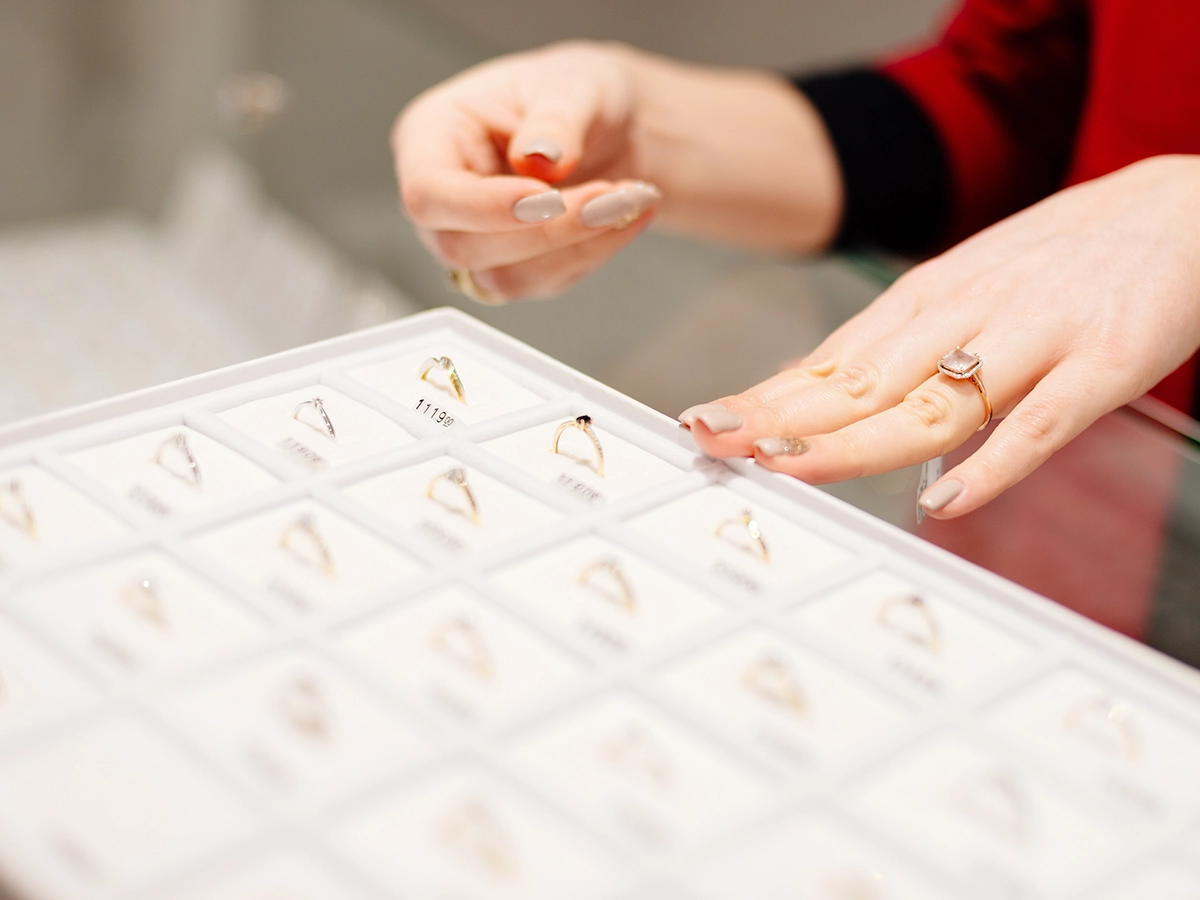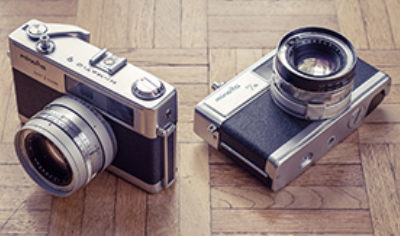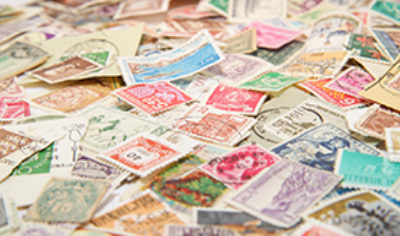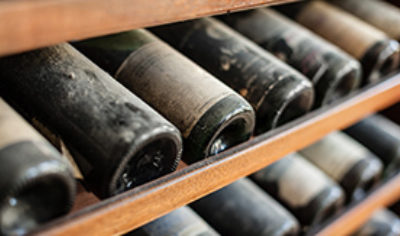Colour is everything
The enigmatic green of the May birthstone, emerald, perfectly reflects – even radiates (due to its unique chemical make-up) – the uplifting vitality and regenerative qualities of spring. Indeed the stone is considered a symbol of rebirth and fertility across many cultures.
On a less ethereal note, emerald also happens to be especially in vogue right now after it claimed the prestigious title of Pantone Colour of the Year in 2013. The stone’s rising popularity within the world of fashion comes as no surprise as emerald is said to enliven any other colour on the spectrum, and complements all, making it a valuable addition to most wardrobes and jewellery collections.
The price tag
As the jewellery enthusiasts among us may agree, the best things in life don’t always come cheap. The monetary value of emeralds has risen dramatically in recent years. Gemfields, the world’s largest producer of the green stones, has reported a six-fold increase in price over the past four years, while the International Diamond Manufactures Association (IDMA) has warned that, following current growth rates, emeralds could slash the diamond market share by 20% over the next two decades.
IDMA’s prediction may surprise some. Though emeralds are a variety of the rather common mineral species, beryl, natural emeralds are in fact over 20 times more rare than diamonds, due to the extraordinary conditions required to create them (a finely balanced combination of the correct chemical compounds, heat and pressure).
Steeped in history
Like most natural gemstones, the emeralds mined today are actually relics of pre-historic geologic events that took place deep in the earth’s crust. In fact, the oldest emeralds found to date are approximately 2.97 billion years old, and originate from South Africa.
Historically, emeralds are the most revered and most ancient of all of the gemstones. The first known mines opened as early as 3,500 BC in Egypt, where the stone was believed to be sacred. The empire’s last Pharaoh, Cleopatra, is said to have been besotted with the stone; with which she was both gifted liberally, and bestowed upon others, engraved with her own likeness. She even had whole mines named after her and the Emerald Mines of Cleopatra still exist to this day.
Links with the divine
The connection with divinity also existed within many other cultures. Emerald is the gemstone of the Chinese goddess, Kuan Yin, representing universal love and inner beauty. The Incas filled their temples with the precious stone, which they believed their goddess loved above all else. The Mughal emperors had verses of the Koran carved into large emeralds and associated the colour of the stone with paradise; indeed green remains the official colour of Islam to this day.
Giving Emeralds…
Emerald is traditionally given as a 20th and 35th wedding anniversary; a sign of the stone’s enduring status. Yet despite its associations with strength and longevity, emerald in fact has a relatively poor resistance to breakage, while filled emeralds can even be damaged through exposure to hot water, such as when washing the dishes. So, if you’re presenting an emerald as a gift to someone special, you may want to consider getting it insured.


























